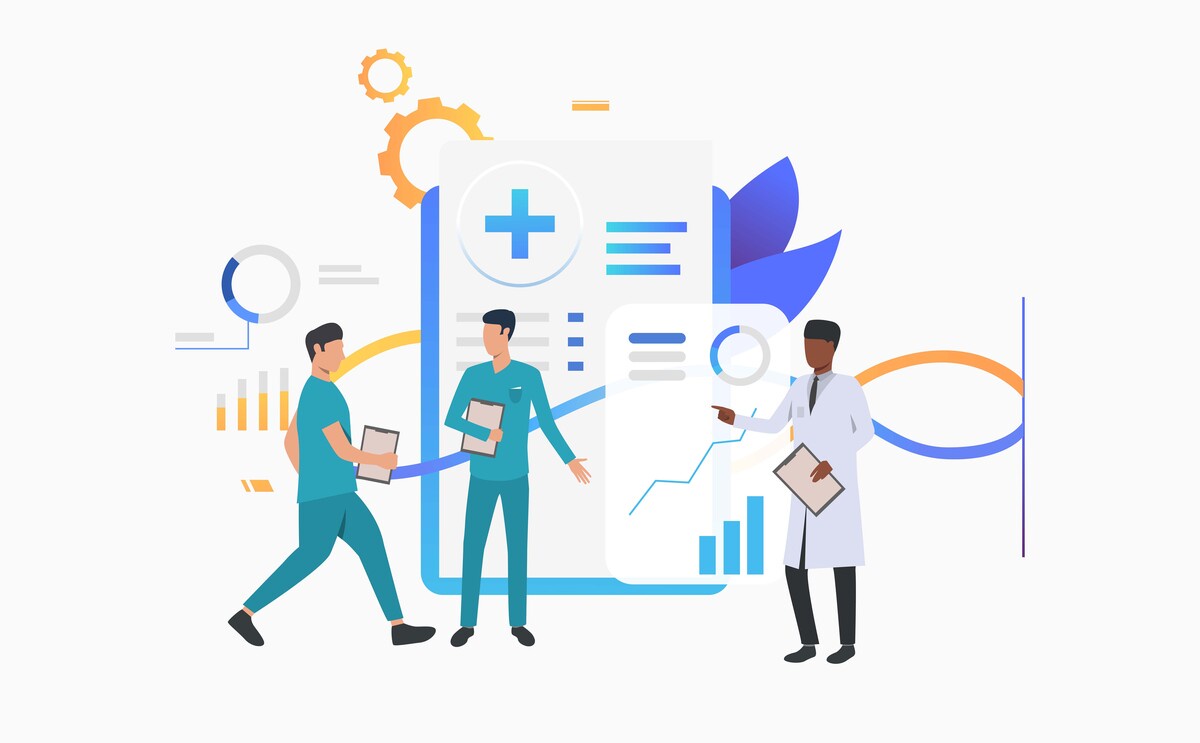In today's fast-paced healthcare environment, efficiency is key. Every minute counts, especially during patient intake processes where time-consuming administrative tasks can impede the smooth flow of care. However, there's a powerful solution that is transforming patient intake procedures: Single Sign-On (SSO). By integrating SSO technology into healthcare systems, medical facilities can streamline the intake process, enhancing both patient satisfaction and operational efficiency.
What is Single Sign-On (SSO)?
Single Sign-On is a technology that allows users to access multiple applications or systems with a single set of login credentials. Instead of remembering and entering separate usernames and passwords for each application, users can sign in once and gain access to all authorized resources seamlessly.
The Complexities of Patient Intake
Traditional patient intake process often involve a multitude of steps, including registration, insurance verification, consent forms, medical history collection, and payment processing. Each of these steps may require accessing different software applications, databases, or platforms, leading to a disjointed and time-consuming experience for both patients and staff.
Moreover, patients are frequently required to provide the same information repeatedly, leading to frustration and inefficiency. This redundant data entry not only wastes valuable time but also increases the likelihood of errors, potentially compromising patient safety and data accuracy.
Benefits of SSO in Patient Intake
-
Enhanced Efficiency: With SSO, healthcare providers can consolidate access to various systems and applications involved in the intake process. Staff members can log in once and seamlessly navigate between different software platforms, eliminating the need for repetitive logins and reducing the time spent on administrative tasks.
-
Improved Patient Experience: By minimizing paperwork and wait times, SSO contributes to a more streamlined and patient-centric intake experience. Patients appreciate the convenience of providing their information only once, reducing frustration and enhancing overall satisfaction with the healthcare encounter.
-
Data Accuracy and Security: SSO helps mitigate the risk of data entry errors by centralizing user authentication and access control. With fewer opportunities for manual input, the likelihood of transcription errors decreases, contributing to improved data accuracy. Additionally, SSO solutions often incorporate robust security measures, such as multi-factor authentication and encryption, to safeguard sensitive patient information.
-
Compliance with Regulations: Healthcare facilities must adhere to stringent regulatory requirements, such as HIPAA (Health Insurance Portability and Accountability Act) in the United States. SSO platforms can assist organizations in maintaining compliance by enforcing access controls, auditing user activities, and facilitating secure data transmission.
-
Cost Savings: By streamlining workflows and reducing the administrative burden on staff, SSO can result in significant cost savings for healthcare organizations. The time saved on manual tasks can be reallocated to more value-added activities, ultimately improving operational efficiency and resource utilization.
Implementing SSO in Healthcare Settings
Successful implementation of SSO in healthcare requires careful planning and consideration of various factors, including system compatibility, user training, and data integration. Key steps in the implementation process may include:
- Conducting a thorough assessment of existing systems and workflows to identify integration opportunities and potential challenges.
- Selecting an SSO solution that meets the unique needs and requirements of the healthcare organization, taking into account factors such as scalability, security, and ease of use.
- Providing comprehensive training and support to staff members to ensure seamless adoption of the new technology and maximize its benefits.
- Implementing robust data governance policies and security measures to safeguard patient information and comply with regulatory standards.
Conclusion
Single Sign-On technology offers significant benefits for streamlining patient intake processes in healthcare settings. By simplifying access to multiple systems and applications, SSO enhances efficiency, improves the patient experience, and contributes to better data accuracy and security. As healthcare organizations continue to prioritize operational excellence and patient satisfaction, SSO will play an increasingly integral role in optimizing the intake process and delivering high-quality care.


No comments yet